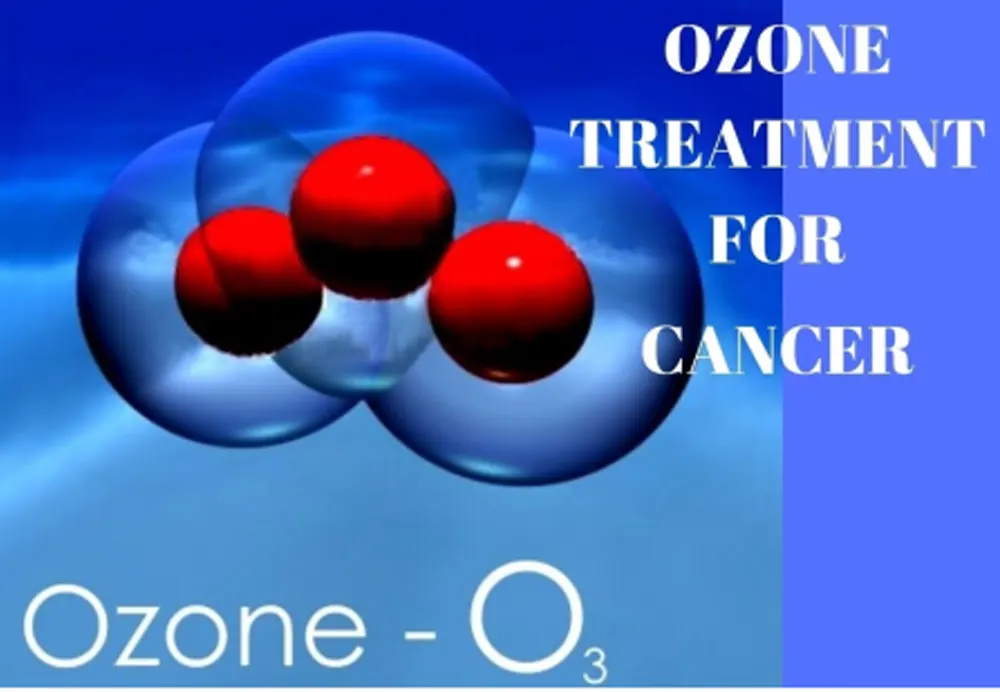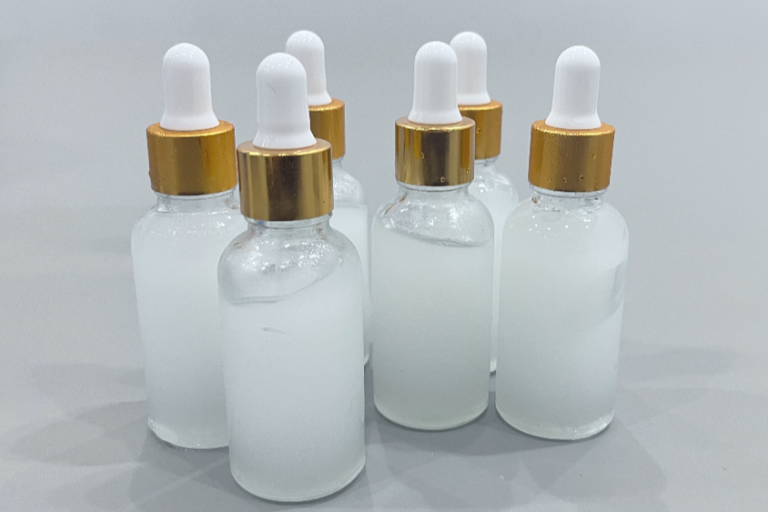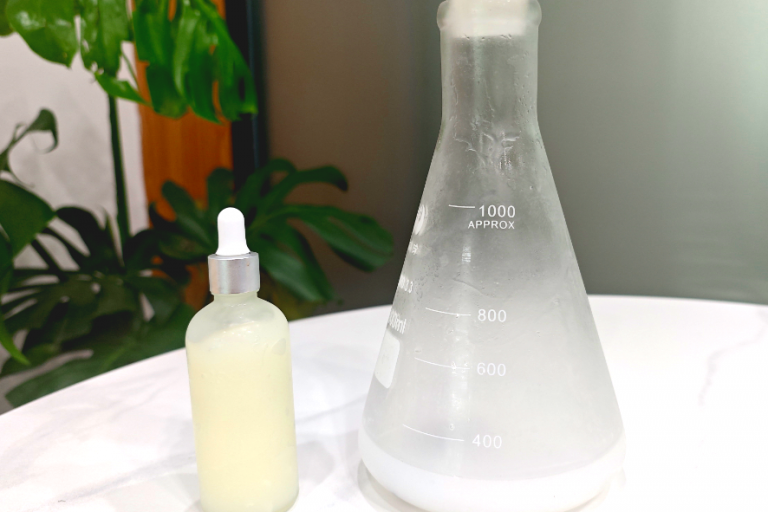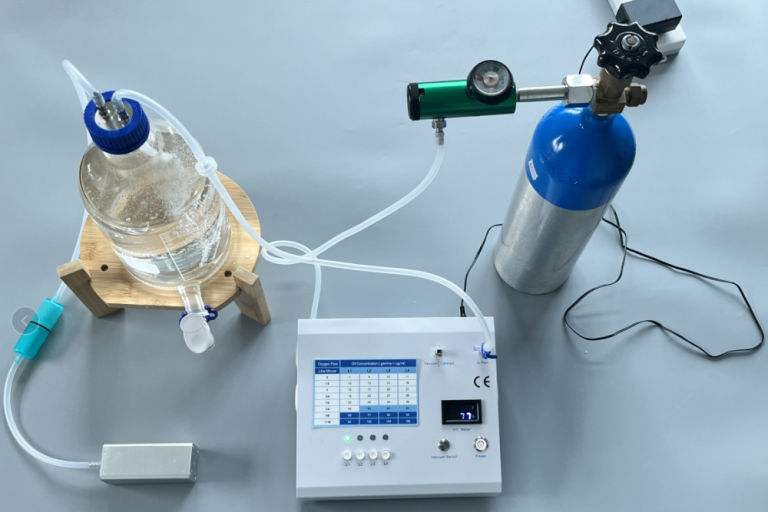Triple Oxygen Therapy for Hyperlipidemia
A staggering 40% of individuals in our surroundings suffer from hyperlipidemia, however, a majority of these individuals do not take their abnormal blood lipid levels seriously. This results in many missing the optimal time for treatment, without realizing that hyperlipidemia-related complications result in the death of 4 million people in China every year.

What risks do high blood cholesterol present?
The biggest risk from hyperlipidemia is that it contributes to atherosclerosis. Along with atherosclerosis, hyperlipidemia also leads to lesions in the body’s major tissues and organs including the brain, eyes, kidneys, and heart.
- Obstruction of the heart’s coronary arteries, resulting in the possibility of a heart attack and sudden death
- The build-up of plaque in the cerebral arteries increases the likelihood of conditions such as cerebral infarction, cerebral thrombosis, etc.
- Renal artery atherosclerosis can result in renal failure and uremia.
- Additionally, abnormal blood lipid levels might impair the optic nerve’s ability to function by obstructing blood flow to the eyes.
Why do the “three highs” prefer to travel together?
These three conditions— hyperlipidemia, hyperglycemia, and hypertension—are like three good brothers who love to hang out together. The occurrence of the “three highs” is a sign that the body’s metabolism of carbohydrates, lipids, and proteins is altered and that they are both parts of the same metabolic syndrome.
High blood lipid levels make the blood more viscous, which leads to artery spasms and an increased risk of cardiovascular. High blood lipid patients are also more likely to develop insulin resistance, which can end in diabetes.
Frequently, high blood lipid levels are the first sign of high blood pressure, which is proceeded by high blood sugar levels in many people.
Does avoiding meat lower my blood fat levels?
A meat-free diet can result in vitamin, protein, as well as fatty acid deficiencies, leading to a decrease in overall immunity.
High blood lipid levels are commonly caused by excessive overall food consumption. Even without meat consumption, a diet high in calorie-dense foods such as carbohydrates can result in the excess calories being converted to fat and stored in the body.
The key to managing blood lipid levels is regulating overall caloric intake, with a recommended daily intake of meat being between 80-150 grams, evenly split between aquatic, poultry, and meat products.
Controlling the total number of calories consumed is the most crucial action to take.
Are 10,000 steps of daily walking effective in reducing blood fat levels?
To successfully lower blood lipids, exercise must be performed at a specific intensity. The best way to exercise scientifically is to use a two-pronged strategy that combines endurance and strength training.
- Interval training:Divide your workout into sets with high and low-intensity exercise, and allow your body some recuperation time in between each set. Exercising for five to eight sets per session, thrice per day, can help lower blood cholesterol levels.
- Resistance exercise:The muscles actively engage in exercise to overcome external opposition, recover from injury, build strength, and avoid atrophy.
Important note: Before starting any physical activity to control lipid levels, it is recommended to consult with a healthcare professional as not all individuals with elevated blood lipids are suitable for exercise.
Can oil-free cooking reduce blood fat levels?
We come across a variety of cooking oils regularly. Rapeseed oil, soy oil, and corn oil are all sources of polyunsaturated fatty acids.
Monounsaturated fatty acids are found in peanut, olive, and camellia oils.
Saturated fatty acids are abundant in palm oil and lard.
The ratio of saturated to monounsaturated to polyunsaturated fatty acids in the diet should be 1:1:1.
Watch out for “invisible oils” in your diet, which can be found in things like chips, crisps, and puffed meals.
The risk of atherosclerosis is increased by consuming too many ultra-processed foods because they are heavy in additives and calories. The Guidelines for the Primary Health Management of Dyslipidaemia suggest a daily intake of fewer than 25 grams of cooking oil.
Hyperlipidemia, the source of vascular catastrophe!
Because of the general disregard for health issues, high blood lipid levels, sometimes known as the “invisible killer” and “culprit” of coronary heart disease, continue to be a problem.
A study revealed that 25 million adults over the age of 35 have both hyperlipidemia and hypertension bringing the total number of persons in China who suffer from dyslipidemia to 160 million.
Dyslipidaemia doesn’t have any overt symptoms, but when it starts, it can be fatal or leave you with a disability!
High blood lipids are associated with various vascular crises including atherosclerosis and blood clots.
The function of Triple Oxygen Therapy for Hyperlipidemia
In clinical settings, Hyperlipidaemia is typically managed with medication, however, this approach has a slow onset and can cause adverse effects.
The following are some benefits of triple oxygen therapy over traditional medication therapy.
- The pain associated with long-term oral medication is eliminated by trioxane therapy, which considerably reduces the length of the treatment.
- High safety: Trioxane is incredibly unstable and immediately after metabolism it breaks down into oxygen, therefore it won’t result in harmful side effects, drug addiction or resistance, long-term organ tissue damage, or secondary pollution.
- Effective: Trioxylated blood therapy can drastically lower cholesterol and triglyceride levels in the blood, regenerate blood vessels and increase microcirculation.
Triple Oxygen Therapy for Hyperlipidemia enhances blood flow by reducing blood viscosity and increasing the oxygen-carrying capacity of red blood cells, which is beneficial for patients with cerebral thrombosis.
Triple Oxygen Therapy for Hyperlipidemia is a chemical-free and 100% natural therapy with characteristics similar to antibiotics, capable of eliminating mold, bacteria, and viruses.
Triple Oxygen Therapy quickly boosts the immune system by utilizing the strongly oxidizing properties of medical ozone to filter the blood. It oxidizes fatty substances and proteoglycan complexes, eradicates pathogenic microorganisms, and supports the body’s detoxification process by eliminating harmful pathogens.





